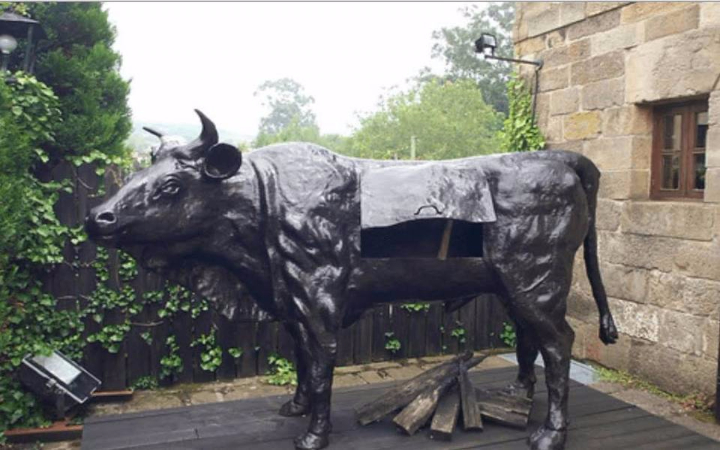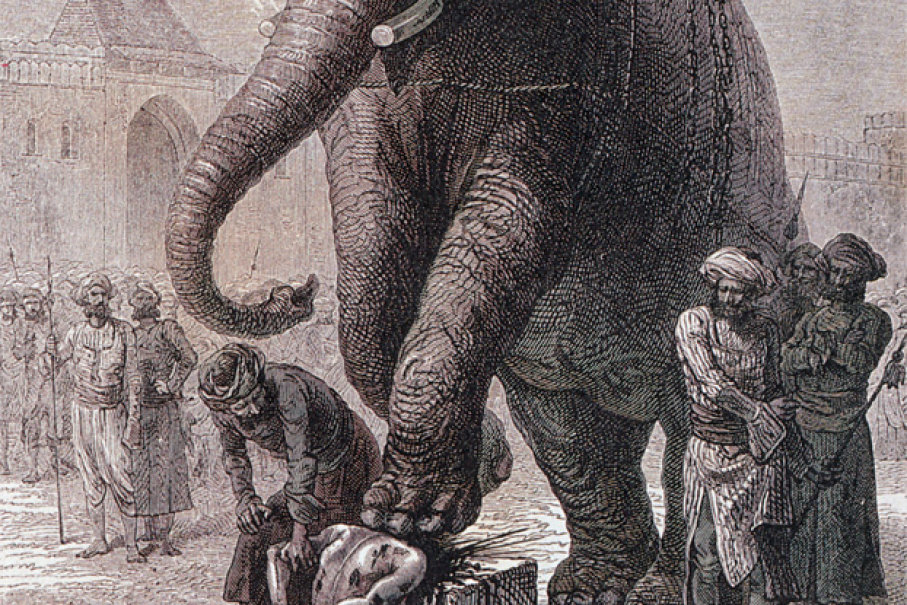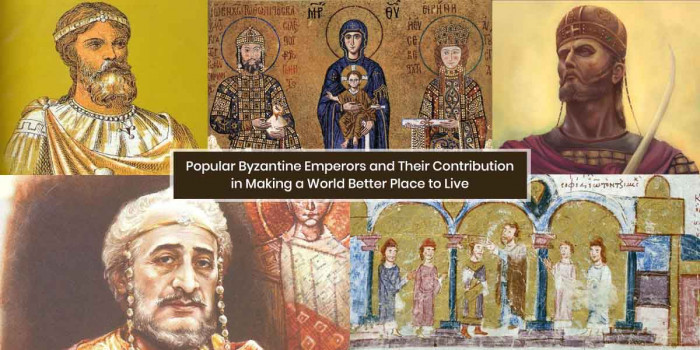5 Sadistic Punishments in History That Would Make Your Blood Run Cold
Punishments given to an offender can be lenient or severe, depending upon how serious the crime is. Check out here some shocking punishments in history that would make you squirm.

When someone does something illegal or commits a crime, the wrongdoer or culprit is punished as per the law in modern times. However, in ancient times, the forms of punishment were downright ruthless and brutal. No laws were enforced to punish the offender.
Read about some historical punishments that are extremely sadistic & we’re pretty sure that the brain behind such punishments could only be of devils.
1. Tortured With Caged Rats

The person was forcefully made to lie down, and a cage with its gate open was put on the person’s bare abdomen or chest. In the cage were placed diseased or hungry rats, and on the sides and above, hot coal or fire was kept.
The heat would make the agitated rats find a way to escape, causing them to dig their way into the person’s body flesh to get away from the heat. Rat torture featured recently in the movie- Fast & Furious and the TV series- Game of Thrones.
2. The Deadly Brazen Bull

In ancient Greece, this deadly execution device was created to punish a person. It is one of the most sadistic forms in history to kill an offender. Designed in the shape of a bull: it was made of brass with a lockable lid on the side. The person was pushed into the cast, and below it, the fire used to be lit. The punishment was that the person would be roasted to death.
According to Diodorus, back in the ancient era, the Acragas’ cruel tyrant Phalaris received the bull-shaped bronze object ‘Brazen Bull’ as a gift from an Attic bronze-worker Perillos. The ancient writer said-
“When Phalaris learned of this scheme, he was filled with loathing of the man.”
So, Phalaris decided to let the inventor Perillos try out the device on himself. Asking him to demonstrate its working, the tyrant shut the door and fired it up when Perillos entered it. Though Perillos didn’t die, he was taken half-dead out of it and pushed off a cliff. It was done to prevent the bronze work from being polluted by his death.
3. The Heretic’s Fork & Neck Traps

During Spanish Inquisition (1478-1834), two merciless mechanisms were developed to induce confessions & confessions and get info from a person by putting him/her in a distressed situation. Such practices were not performed on women & doctors needed to be there.
During the execution, a bi-pronged fork was attached to a belt around the person’s neck. If he/she fell asleep or head slumped, then the barbed prongs would pierce their throat & neck. Thus, the device prevented the person from adjusting their neck’s angle to a comfortable position. Also, the victim got locked into the device & couldn’t eat, sleep, or even lie down.
4. Crushing Beneath the Elephant’s Foot

A bizarre way of executing people, it was brutal yet effective. It was common in the Western world but more in South & Southeast Asia where elephants are naturally found. The elephants were trained to make sure that the trampling is barbarous enough to put the person to death.
In India, this form of capital punishment was called Gunga Rao and was used since the Middle Ages until the 19th century. Besides the enemy soldiers, the civilians who committed crimes like theft, tax evasion & rebellion went through elephant execution.
As elephants are more intelligent and easier to train than other wild animals, they were taught to torment criminals or execute them slowly. For instance, an elephant could be asked to break a criminal’s limbs before crushing his skull or cut them into pieces with “pointed blades fitted to their tusks.”
In the former Kingdom of Siam (now called Thailand), the trainers trained elephants to throw the people into the air before crushing them to death. In the Kingdom of Cochinchina (southern Vietnam), they tied the criminals to a stake & an elephant would charge into them and crush them to death.
5. Boiling Alive Torture

Centuries back, boiling alive was a common punishment in East Asia and England. The offender was disrobed and put in a vat or pot of blistering liquid. But to give a more frightful experience, the person would be put in a cool liquid & then boiled.
Certain historical records suggest this practice started in 1531 in England during the reign of Henry VIII & shows that some people were boiled for up to 2 hours until they died. It was a legally prescribed method of capital punishment for those who committed a big crime or murder by poison.
From the Middle Ages to this day, boiling a person alive is rarely used as a brutal means of execution across the world. Different cultures & civilizations in Europe & Asia used oil, tar, or tallow as boiling liquids to inflict pain on the convict.
Across Scotland, it is used on several occasions between 1200 & 1600 AD. The Holy Roman Empire also used boiling as a legal punishment for coin forgery. The practice is known to occur in severe forms in Japan.
During the 16th century, the bandit Ishikawa Goemon & his entire family were boiled alive in a large bathtub as a punishment for the failed assassination of Toyotomi Hideyoshi. Also, in 1675, the Sikh martyr Bhai Dayala was boiled alive after he refused to convert to Islam.
Closing Thoughts
So these were some examples of inhuman punishments that existed in ancient history. And in today’s world, the death penalty and imprisonment are usually the prescribed punishments as per the degree of the committed crime.
Just reading about these must’ve given you the goosebumps! Do you know any other brutal punishment that was and is still legally practiced in the world?
Popular Posts
Top 10 Sharpest & Deadliest Swords In History
In classic mythological movies, books and television, we’ve seen those audacious sword-wielding heroes smiting the enemi...
Augustus Perez
List of Water Deities from Different Mythologies
Water deities are the gods and goddesses who had the powers to control the elements of water and ruled over all the fresh and saltwater of the earth. Here’s a list of water deities from different mythologies.
Rishika Gupta
Winged Lion: The Terrifying Mythical Creature In Different Mythologies
A mythological creature, a winged lion dates back to ancient times. This flying lion-like creature has origins in Heraldry, Christianity, Mesopotamian, and Greek mythologies.
Ethan Stephans








